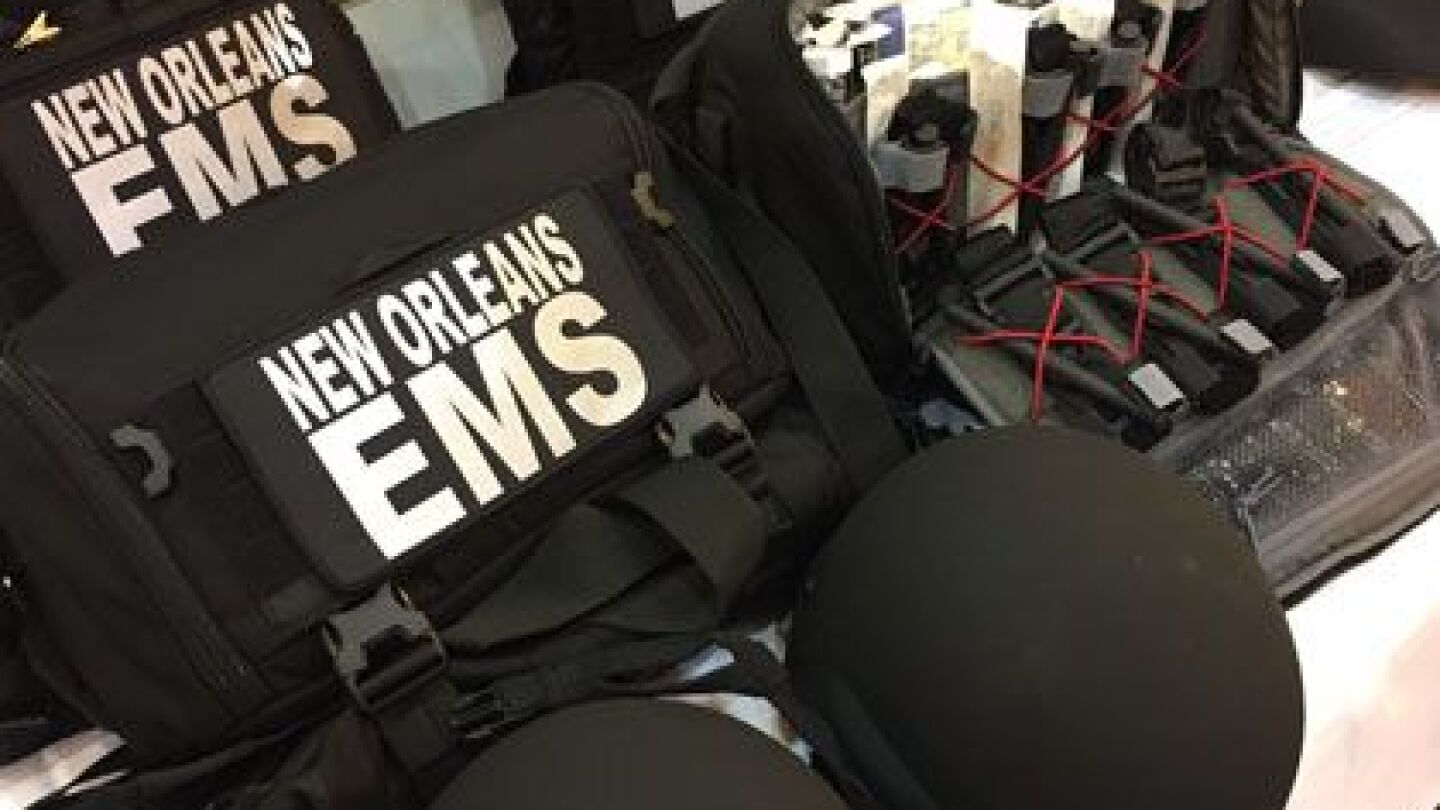Technology
Complete situational awareness is made quicker, safer and easier with team collaboration tools
This successful multijurisdictional task force operation showed how effective collaboration can be for a range of uses
When you’re on an operation and you can only take what you can carry, what do you choose?
Turn vehicle motion data into actionable investigative insights
Enhance interagency coordination with shared, real-time digital assets
Learn how agencies are experiencing immediate ROI from smarter asset management
Turn challenges into opportunities: Leadership strategies for modern public safety
Bots, deepfakes and foreign influence are driving false narratives that target personnel and disrupt operations — making early detection, rapid comms and digital footprint defense essential
Virtual reality, AI and robotics bring immersive practice to officer training, delivering realism and adaptability beyond classroom lectures
Ways IoT is boosting officer safety, accelerating response and improving outcomes
Expert strategies for optimizing your Drone as First Responder program as it scales, from staffing and policy to technology integration and community engagement
LVT Wall Mounts can now support three cameras up to 300 feet away for optimal security coverage
Rahul Sidhu shares what agencies must know about building sustainable DFR programs — and why connectivity and AI will drive the next phase
By cutting response times and boosting situational awareness, the agency is making patrol safer and more efficient
This streamlined solution offers real-time visibility
By raising altitude limits and adding radar, agencies can expand DFR coverage, improving safety and meeting FAA requirements
DFR is more than a police tool — it’s infrastructure that improves safety, efficiency and trust across city services
AI-powered drones could ease officer workloads, boost efficiency and enhance community safety
Pairing human intelligence with open-source intelligence ensures investigators base decisions on facts — not assumptions
According to the Anne Arundel County PD, homicides are down 14% since the beginning of the year, non-contact shootings are down 42% and commercial robberies are down 50%
Since its installation, police say reported crimes in the area during the hours the hologram is active have dropped by roughly 22%
Embedding drone capability within SWAT teams improves real-time decision-making, reduces delays and enhances mission safety during high-risk operations
How mobile technology is creating a smarter, more connected future in public safety
AI agents can help alert agencies about potentially risky behavior before an incident happens, bridging the gap between private sector security concerns and public safety operations
Drone as First Responder programs are giving dispatchers real-time eyes on incidents — and changing how they work with officers in the field
In an era where technology significantly enhances law enforcement capabilities, Real Time Crime Centers (RTCCs) have emerged as a critical component for modern policing
Leverage AI to strike the perfect balance — maximize impact, minimize backlash and restore trust through smarter deployment decisions
The Wrap-Merlin 1 prototype launches Kevlar tethers to physically entangle hostile drones midair, offering a reusable alternative to traditional jamming or interceptor tools
Smarter hires, instant reporting and more — learn how AI is changing the face of law enforcement































